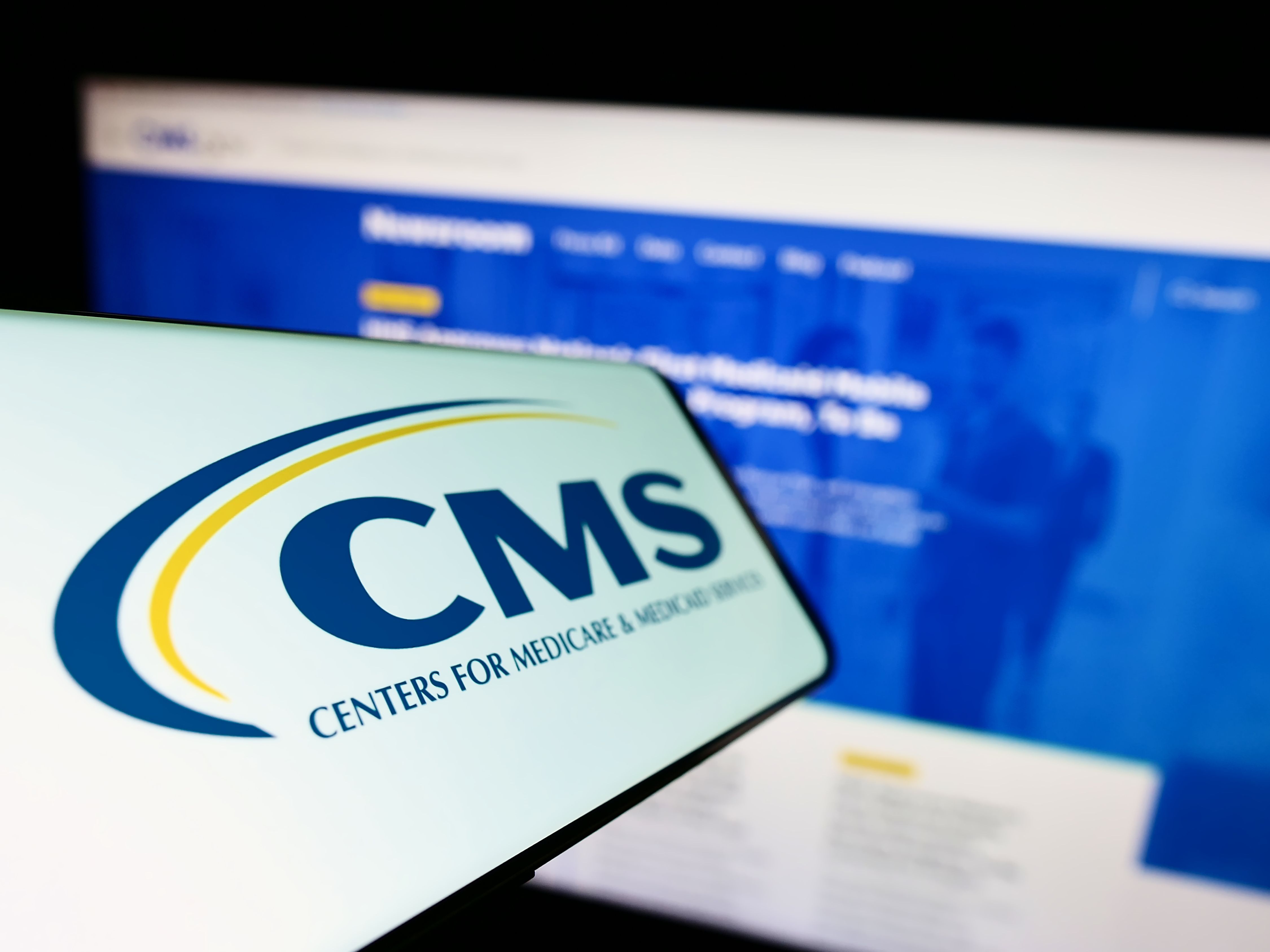News
Article
How technology is speeding the shift to value-based care
Author(s):
Recent advances are enabling health care organizations to mitigate risk while providing high-quality, cost-efficient care
The health care industry is constantly evolving, and value-based care (VBC) has emerged as a transformative force in the pursuit of better patient outcomes. While VBC is not new, technological advances in recent years have made it possible to identify risks and opportunities for individuals and entire patient populations. Technology also facilitates early interventions that reduce acute events and is reshaping health care delivery for the better.
The shift to value-based care
The traditional fee-for-service model that has dominated health care for decades is broken. It incentivizes all the wrong behaviors, focusing on the volume of care rather than care quality and outcomes. Shortcomings like fragmented care, rising costs, and focusing on treating illnesses rather than preventing them spurred a change in thinking toward VBC, where health care stakeholders are incentivized to deliver high quality care at the lowest cost.
The transition to VBC has brought challenges as well as some pushback. Many concerns center around risk and accountability – health care delivery organizations (HDOs) are asked to take on more financial risk to achieve specific patient outcomes, but they cannot do it effectively without accurate, up-to-date, and complete information about patients, providers, and contracts.
Now, we are at an inflection point in U.S. health care of increased costs and demands for higher quality and demonstrable outcomes where VBC is not just viable; it is truly the necessary path forward. We have advanced technology to mitigate risk, realign incentives, and facilitate better and more cost-effective care.
Advancing technology: health care’s game-changer
Advances in technology are at the forefront of VBC transformation. Providers now have increasingly enhanced capabilities from technologies like artificial Intelligence, machine learning, and predictive and prescriptive analytics at their fingertips. HDOs can get a comprehensive view of patient health, experience, and utilization at the individual and population levels, along with quantitative insights and actionable steps to immediately impact patient outcomes while increasing efficiencies.
At the foundation of this technology is data, which has long presented another challenge: HDOs must ingest information from siloed and disparate data sources, then cleanse and normalize it to make it usable with all their software tools. The issue of siloed and disparate information repositories may never go away. Still, enterprise data management systems can now pull those datasets into a unified data lake, becoming the information source for care delivery across entire systems.
Once aggregated, analytics capabilities enable users to surface key insights on potential risks and share them across the enterprise, facilitating better operational and clinical decision-making. A fully integrated software platform with analytics, population health, and payment technology can streamline care management, delivery, and claims processing. This unification of critical data empowers stakeholders to pursue VBC across the care continuum.
Early interventions and patient-centered care: catalysts for improved outcomes and patient experiences
The combination of technology and VBC allows health care providers, including primary care physicians, specialists, and facilities – to shift their focus from solely treating diseases to promoting and maintaining health. Proactive interventions and personalized care plans are designed to address patients’ needs before acute events occur, improving their quality of life and reducing the burden of chronic conditions. This patient-centered approach requires regular check-ups and disease management to identify and address health issues early. It often offers a win-win-win, improving care quality and providing a positive patient experience while reducing costs.
But we know disease is not always preventable. When acute events occur, providers must get patients the care they need in the right setting, whether that is a hospital, a long-term care facility, a clinic, or home health care. Technology can also help uncover high-performing care facilities and providers within a network to ensure optimal care at the lowest cost in these situations.
Driving cost efficiency
Many VBC models include financial incentives for HDOs to control costs while maintaining high-quality care. For example, hospitals and health systems have seen 22% cost savings with increased outpatient surgeries. After an initial drop in surgeries in early 2020 due to the pandemic, surgical volumes recovered to pre-pandemic levels by June 2020, with a substantial portion of these surgeries moving from hospital inpatient to outpatient departments and ambulatory surgical centers (ASCs).
When trends like this emerge, organizations need tools to uncover the data identifying which patients could benefit from the more cost-effective treatments—in this case, surgery in an outpatient facility or ASC. Advanced algorithms, AI, and machine learning models can surface the patients whose surgeries will be safe and effective in outpatient settings. Providers and payers can divert patients to these settings, ensuring optimal outcomes while also improving cost efficiency.
Using predictive analytics for disease prevention
AI and machine learning models also are applicable to preventive care. For example, AI can predict individuals at risk of developing diabetes within the next 12 months with over 80% accuracy. Similar predictive models can also detect individuals at elevated risk of chronic conditions like coronary artery disease, congestive heart failure, and chronic obstructive pulmonary disease. Providers can use this information to intervene earlier, reducing the risk and cost associated with undiagnosed or unmanaged chronic disease. For some patients, this early intervention could slow the onset of a chronic disease or prevent it entirely, drastically improving their quality of life.
The combination of technology and a patient-centric approach presents an opportunity to redefine a broken fee-for-service health care system and overcome the challenges inherent in VBC. Focusing on preventive measures, improving access to care, and enhancing overall patient experiences with value-based care is the most promising path toward innovation and better outcomes.
The only way to usher in this promising new world of health care is by integrating advanced technology with clinical and operational decisions at every health care touchpoint. In addition to the promise of improved efficiency and cost savings, technology can align incentives and cultivate an ethical foundation that keeps patient care at the heart of every decision. The constructive collaboration between technology and VBC promises to reshape health care for the better, delivering a brighter future for patients and providers alike.
David L. Morris is executive vice president and chief commercial officer at Cedar Gate Technologies.






